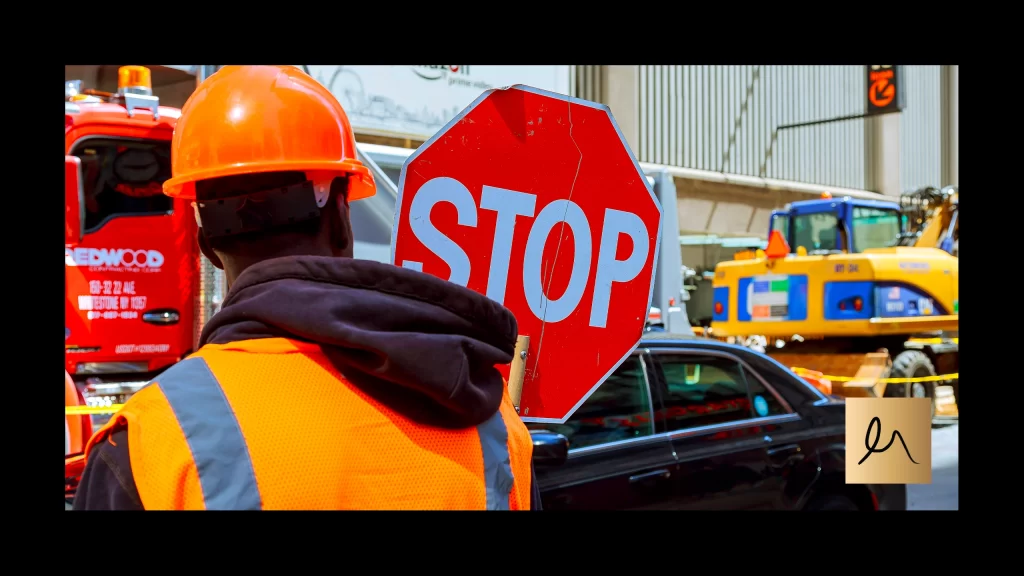In the construction industry, disputes and claims arising from projects can cause significant financial and reputational damage to all parties involved. As a business owner, you may be familiar with the anxiety and uncertainty that come with the prospect of lawsuits and legal battles. While it’s impossible to completely eliminate the risk of legal action, there are steps you can take to protect your business interests and mitigate potential damages.
One of these steps is the inclusion of a limitation of liability clause in your construction contracts. In this article, we’ll explore this concept and how it can help you safeguard your business interests. We’ll also discuss the types of losses that can be subject to limitation and the enforceability of such clauses under Australian law.
What Is Limitation of Liability?
Limitation of liability is a contractual provision that sets a limit on the amount of damages that can be claimed or awarded in the event of a breach of contract, negligence or other legal claims. It’s a way for parties to a contract to limit their financial exposure and potential liability in case of disputes or legal actions.
In the context of construction contracts, limitation of liability clauses are commonly used to allocate risk and protect parties from unexpected or excessive damages. These clauses can limit liability for a range of potential losses, such as delays, defective workmanship, property damage, personal injury or consequential damages.
For example, a construction company may include a limitation of liability clause in their contract with a client that sets a cap on the amount of damages they would be liable for if their work causes property damage or injury to third parties. Similarly, a client may seek to limit their liability for any delays caused by the contractor’s work or for any defects that are discovered after the completion of the project.
The use of limitation of liability clauses in construction contracts can help balance the risks and rewards of the project and provide a degree of predictability and certainty for all parties involved. However, it’s important to carefully consider the specific terms and conditions of these clauses and ensure that they are clear, fair and legally enforceable.
Why a Limitation of Liability Clause Is Important in a Construction Contract
A limitation of liability clause can be a valuable risk management tool in construction contracts. It can help parties control their costs, manage their risks, negotiate more favorable terms, comply with legal requirements and satisfy insurance requirements.
Risk management
Construction projects involve a wide range of risks, including design errors, construction defects, material defects and delays. By including a limitation of liability clause in the contract, parties can limit their financial exposure and manage these risks more effectively. This is a key consideration for commercial litigators who are often involved in disputes arising from construction projects.
Cost control
Construction projects can be costly, and unexpected damages or claims can quickly escalate the expenses. Limitation of liability clauses can help parties control their costs by setting a maximum amount of damages that can be claimed or awarded.
Negotiation leverage
Limitation of liability clauses can be used as a bargaining tool during contract negotiations. Parties can use these clauses to balance the risks and rewards of the project and to negotiate more favourable terms and conditions. This is something that commercial litigators often assist with during negotiations.
Insurance requirements
Many construction contracts require parties to carry certain types and levels of insurance coverage. Limitation of liability clauses can help parties comply with these requirements and ensure that they have adequate insurance coverage in case of claims or legal actions. Commercial litigation law firms consider these clauses when advising their clients on insurance requirements and coverage.
Legal compliance
Limitation of liability clauses are commonly used in construction contracts to comply with legal requirements or industry standards. For example, some jurisdictions or professional organisations may require contractors or designers to include certain types of limitation of liability clauses in their contracts. Commercial litigators often assist their clients in ensuring that their contracts comply with legal requirements.
Types of Losses that May be Subject to Limitation of Liability Clauses
Limitation of liability clauses can be used in construction contracts to limit the financial exposure of parties to certain types of losses. Here are the types of losses that may be subject to such clauses in Australia.
- Direct damages: costs for repair or replacement of defective work, loss of income and other out-of-pocket expenses.
- Indirect or consequential damages: lost profits, business interruption or reputational damage
- Personal injury or death: personal injury or death claims resulting from construction accidents or incidents involve substantial medical expenses, lost wages, and pain and suffering
- Property damage: property damage claims due to construction defects or incidents involve repair or replacement costs, as well as loss of use or occupancy
Note that the enforceability of limitation of liability clauses may be subject to legal scrutiny and interpretation and may depend on factors, such as the specific terms and conditions of the contract, the nature and extent of the damages, and the jurisdiction where the contract is being enforced.
The Enforceability of Limitation of Liability Clauses Under Australian Law
The enforceability of limitation of liability clauses in construction contracts is an important consideration for parties seeking to manage their risk exposure. However, the enforceability of such clauses can be a complex legal issue that requires careful analysis and interpretation.
Under Australian law, limitation of liability clauses are generally enforceable unless they are found to be unfair or unconscionable. The courts will consider a range of factors when determining whether a limitation of liability clause is enforceable, including the bargaining power of the parties, the clarity and specificity of the clause, and the overall fairness of the contract terms.
Commercial litigation law firms can assist parties in drafting and negotiating limitation of liability clauses that are more likely to be enforceable. They can also help parties to understand the risks and potential consequences of including such clauses in their contracts.
Even if a limitation of liability clause is enforceable, it may not necessarily protect a party from all claims or damages. The courts will still consider the specific circumstances of each case and may determine that a party is liable for damages beyond the limitations set out in the contract.
How Madison Marcus Can Help You
Liability clause can help parties in a construction contract manage their financial exposure and control their costs, while also complying with legal requirements and insurance obligations. However, the enforceability of such clauses under Australian law depends on various factors. That’s why it’s important to seek legal advice from experienced commercial litigation lawyers in Sydney.
At Madison Marcus, our team has extensive experience in negotiating and drafting construction contracts, as well as representing clients in complex commercial litigation disputes. If you need assistance with a construction project or have questions about limitation of liability clauses, contact us here to schedule a consultation.







